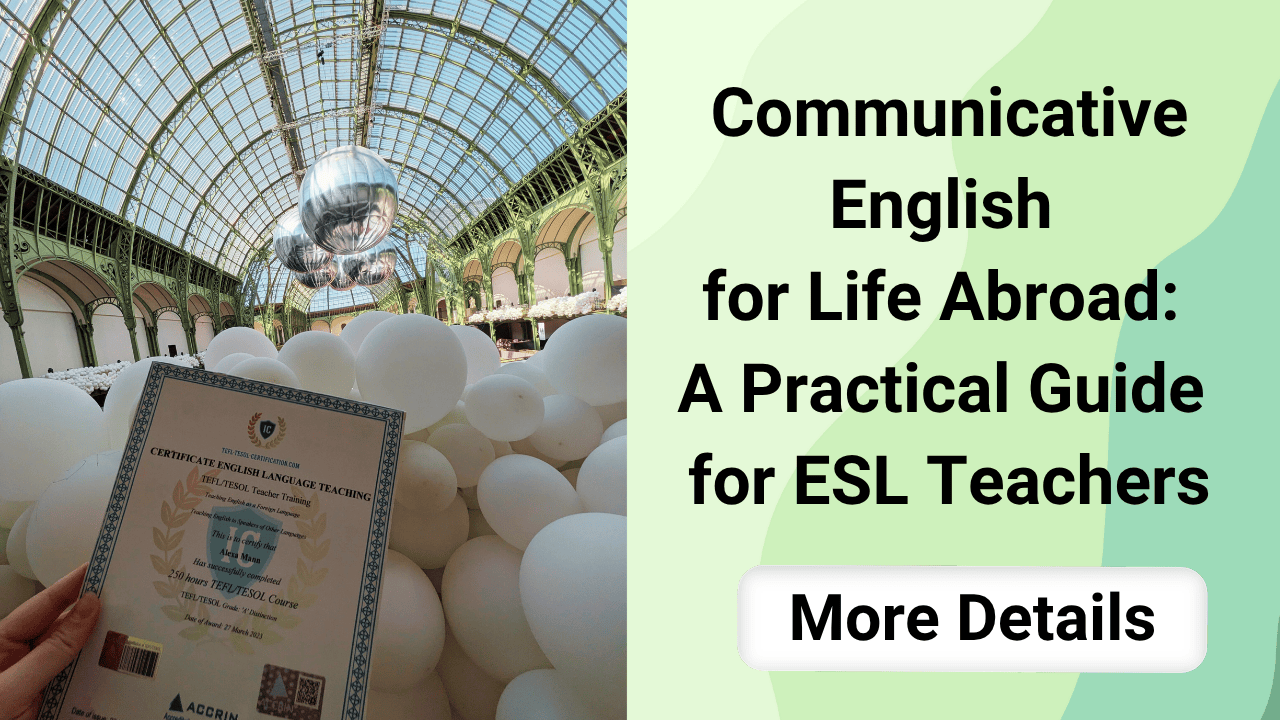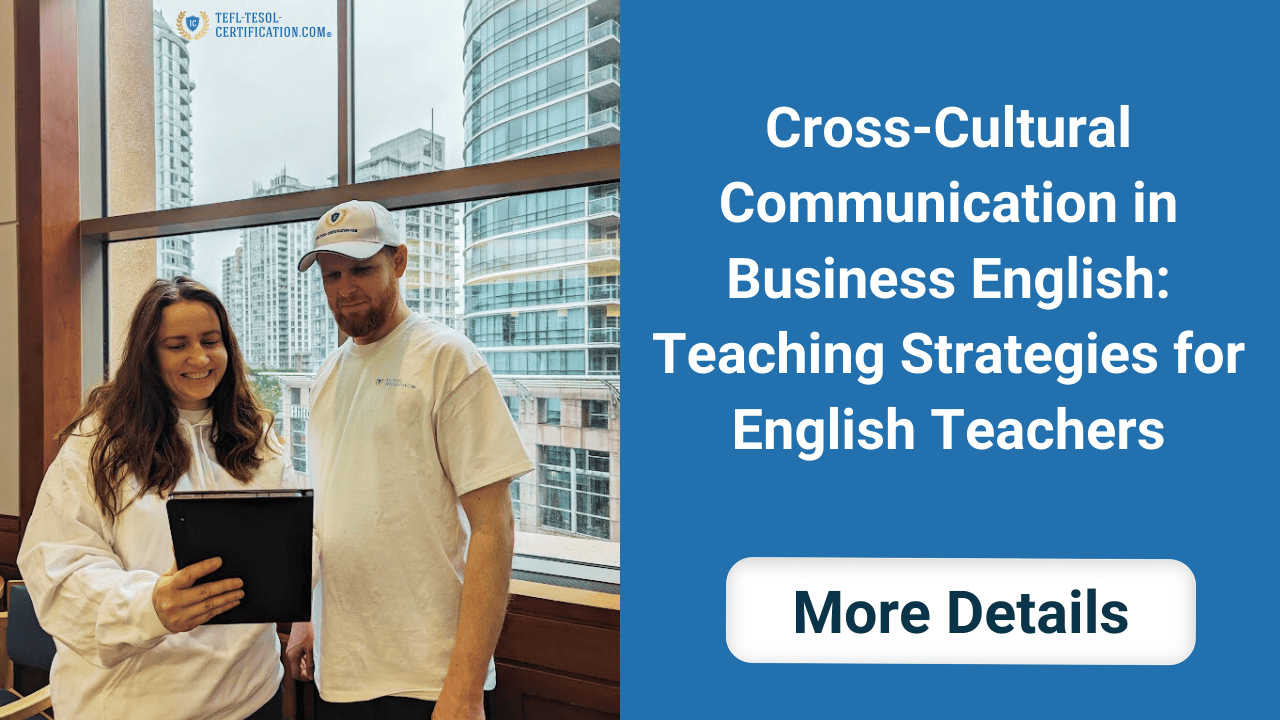Blog for ESL teachers
Practical tips, methods, and materials for successful teaching
Practical tips, methods, and materials for successful teaching

When I started teaching English, I was driven by the idea of helping students unlock their dreams. Over the past seven years I have prepared dozens of learners for relocation and study abroad. One thing became clear very quickly: teaching English for life abroad is more than grammar and exam strategies. It is about real conversations in shops, finding friends, and feeling confident with every phrase. No single textbook can cover all of that.

You’ve reached an Intermediate level, yet progress seems to have stalled. I’ve been there, and as a teacher I’ve watched many learners hit the same wall. In language learning, this is the well-known “B1 plateau”—you can manage familiar topics, catch the gist of films and articles, but moving forward feels painfully slow. How do you avoid getting stuck at B1 and step confidently toward Upper-Intermediate? Let’s unpack how to move from B1 to B2 in English and finally break through that barrier 🚀.

Hello, colleagues! My name is York Fern. I’m a TEFL/TESOL certified English teacher with 12+ years of teaching experience. I still remember how uncertain I felt in my early lessons when I tried to evaluate students’ speaking skills. Assessing speaking in English comes with so many nuances: different levels, different tasks, different personalities. How do we stay fair and still keep learners motivated? Over time I learned that speaking assessment can be transparent and encouraging when we rely on clear criteria and give constructive feedback that guides next steps. In this article I’ll share ELT-friendly approaches to speaking assessment, practical criteria, ready-to-use rubrics for speaking, and feedback techniques that help students grow without discouragement.

Have you ever noticed how the same English phrase makes one student smile while another looks confused? 😊 I certainly have. And it’s not about grammar or vocabulary – it’s about culture. In international business, these little details can mean the difference between success and misunderstanding. That’s why cultural differences in Business English often decide whether a conversation flows or breaks down. I’ve seen it firsthand while helping students from different countries find common ground – both literally and figuratively.

What comes to mind when you hear about phrasal verbs with up? 🤔 Many teachers sigh, thinking of those “tricky” little constructions that confuse students every single day. Honestly, in my early teaching days, I avoided the topic too. But times change—and today I’ll show you how to turn English verbs with up from a headache into an exciting adventure, with personal stories, practical examples, and even a few exercises 💡. Let’s dive in!
and start earning by teaching English in your country, abroad, or online from anywhere in the world! Order the course with a 50% discount 💸 and receive as a gift the support of a personal coach 👨🏫 and job placement assistant! 🎁🚀 Hurry, limited spots available! 🏃♂️💨
💡 Unlock the secrets to doubling your teaching income with our exclusive checklist! 🎯 This checklist is designed for English teachers who want to 📈 attract more students and 🔥 keep them engaged for the long term.
🚀 More students, 💰 higher income, 🌍 complete freedom! ✅ 112 verified platforms with top rates ⏳ Flexible schedule – work whenever and as much as you want 🎯 Simple requirements – start earning right away 💎 Boost your career and income by teaching students worldwide!